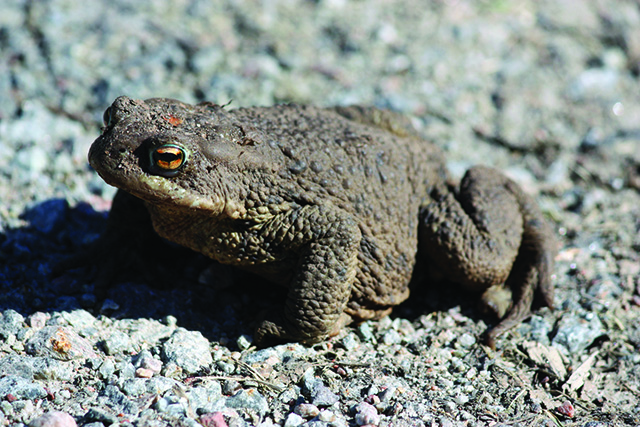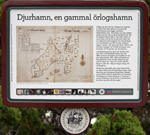Nature and Culture Trail Hamnskogen
7. The Alder Marsh Forest



By the road here is a large stretch of alder marsh. This was once pasture and fields, but cultivation stopped long ago and the land has become overgrown and allowed to stagnate. Alder marsh, or swamp, is a common type of forest in Sweden. It’s rich in species. The root system of the alder is home to mosses and funghi and provides shelter for insects in winter.
This swampy terrain is ideal for mosquitoes. During summer months, swarms of mosquitoes can be very irritating. You’re well advised to protect yourself with suitable clothing or mosquito repellant before going out into the alder woods.
There are about 2000 species of mosquito in Sweden. It’s the common house mosquito that sucks blood. The female needs protein in order to be able to lay her eggs and she gets this from blood. The life-cycle from egg to mosquito can be as short as two weeks. Malaria, which used to be called marsh fever, is spread by the common mosquito. The disease existed in Sweden as late as the 19th century, particularly along the Baltic coast.
Mosquito larvae are eaten by many aquatic animals and adult mosquitoes are important for many of our small birds. The common toad likes mosquitoes and a bat can eat several thousand of them in a single night.
Continue until you get to the end of the road, where you’ll find stop number 8.












